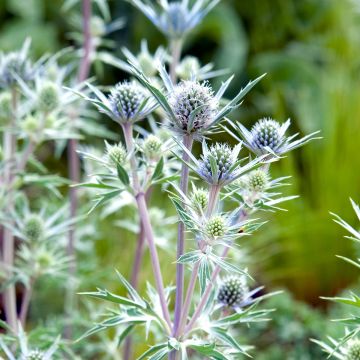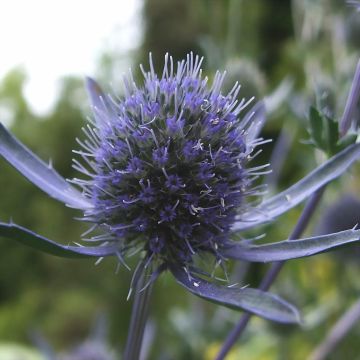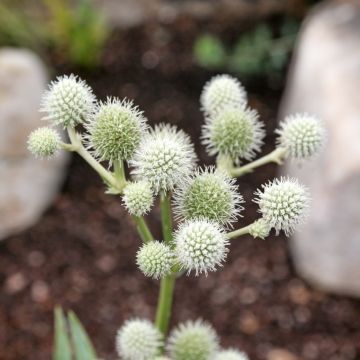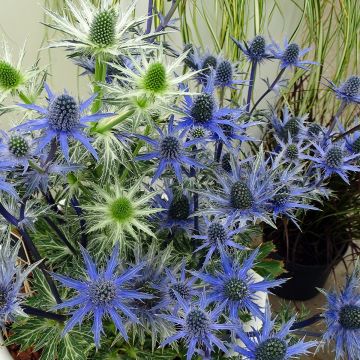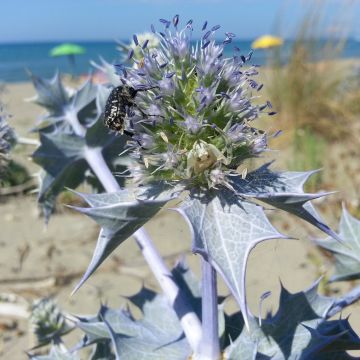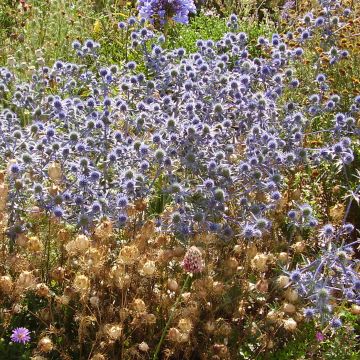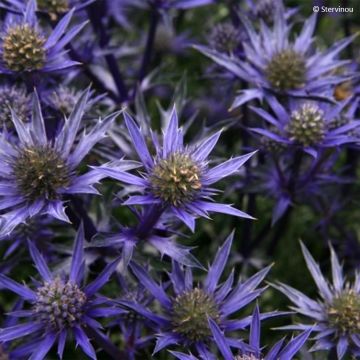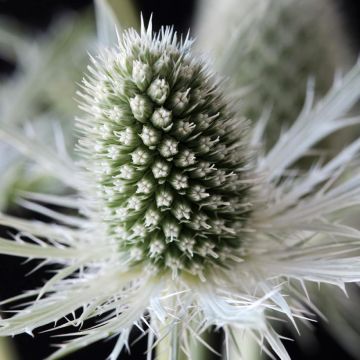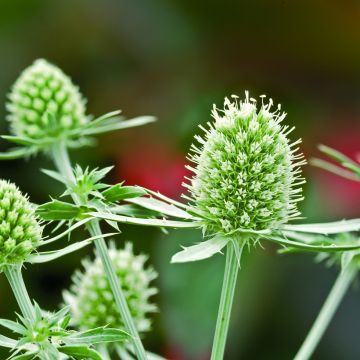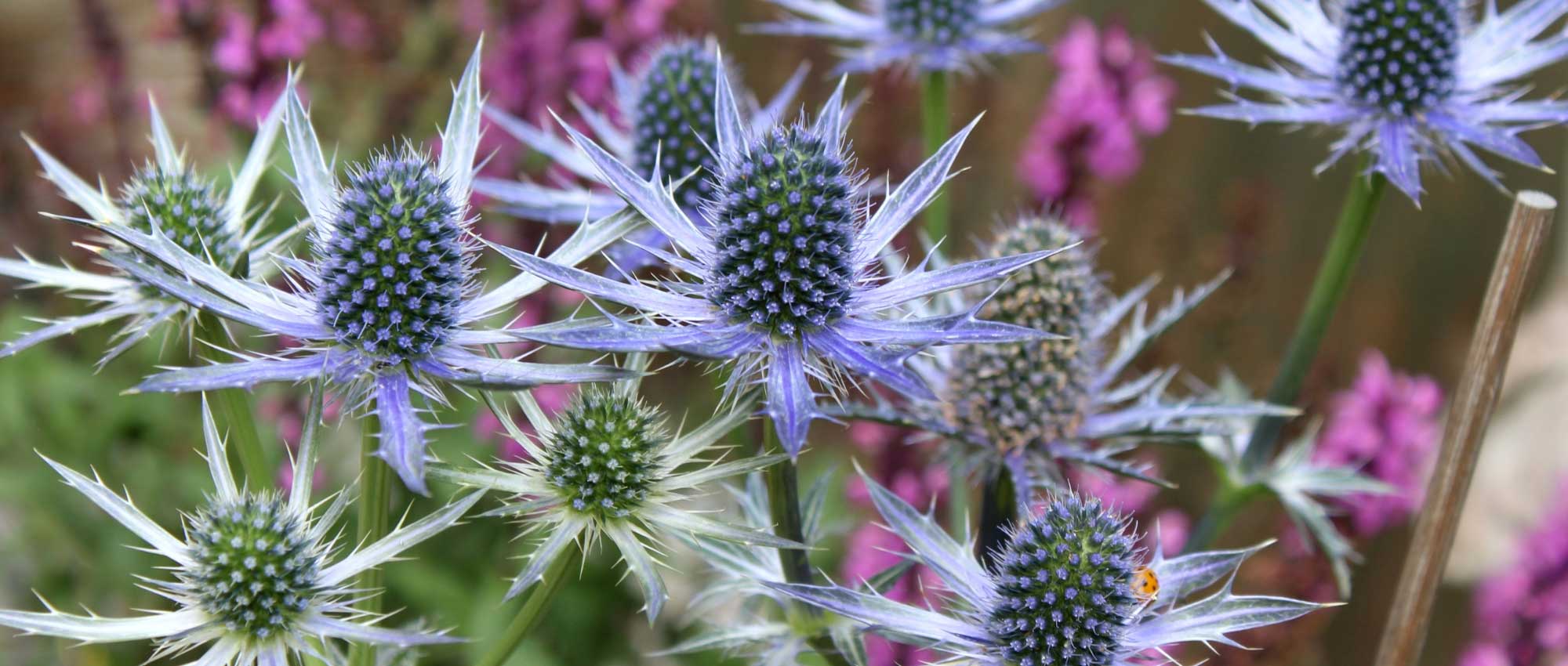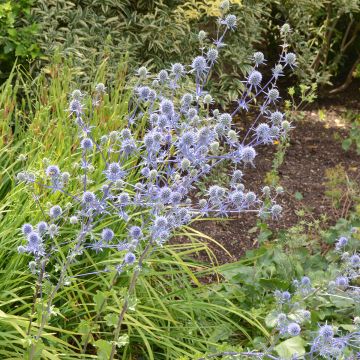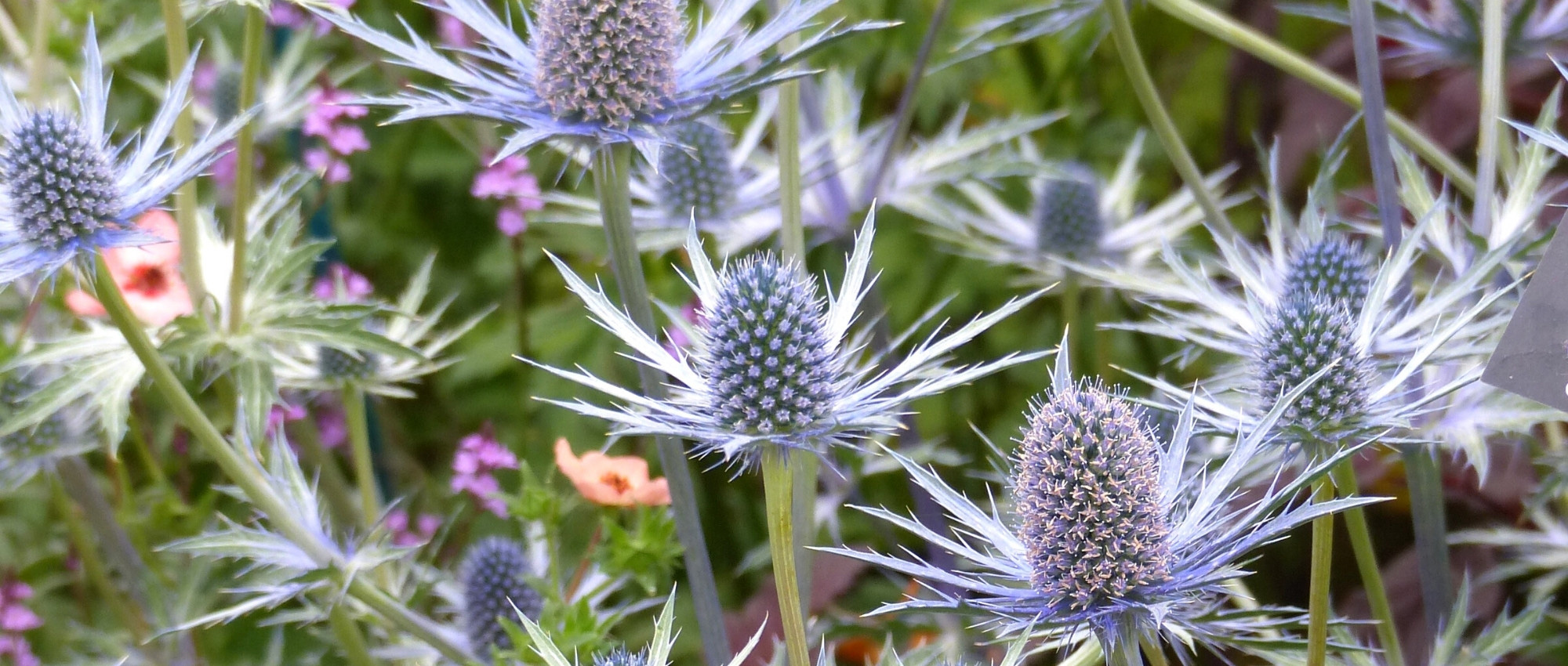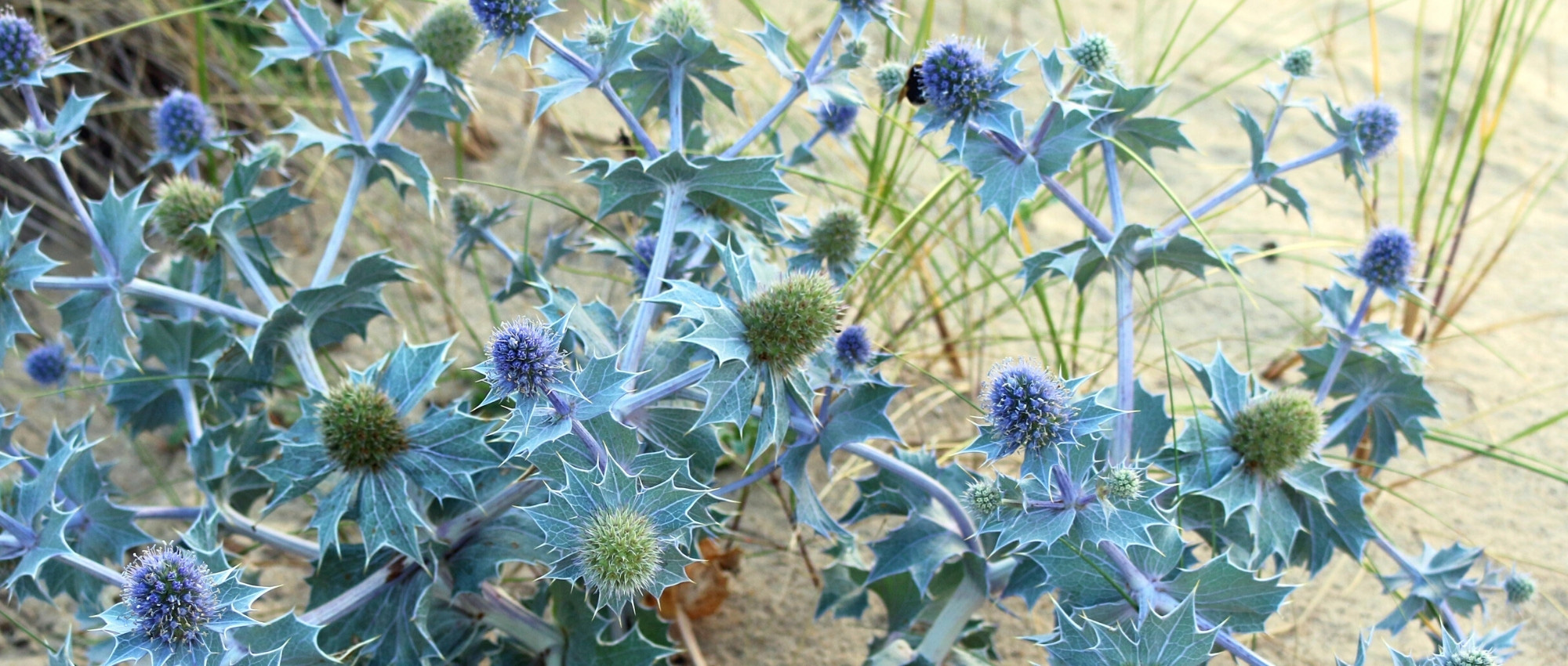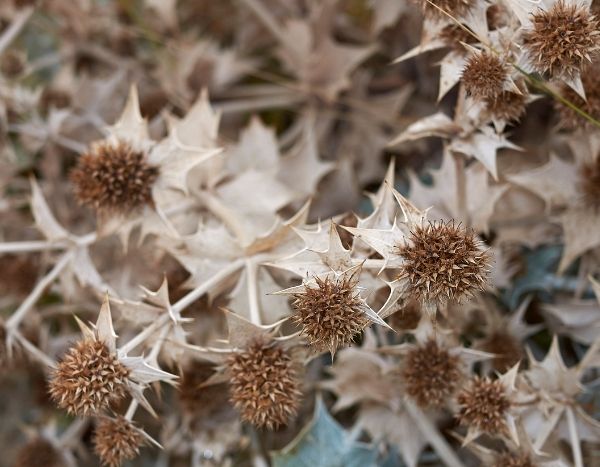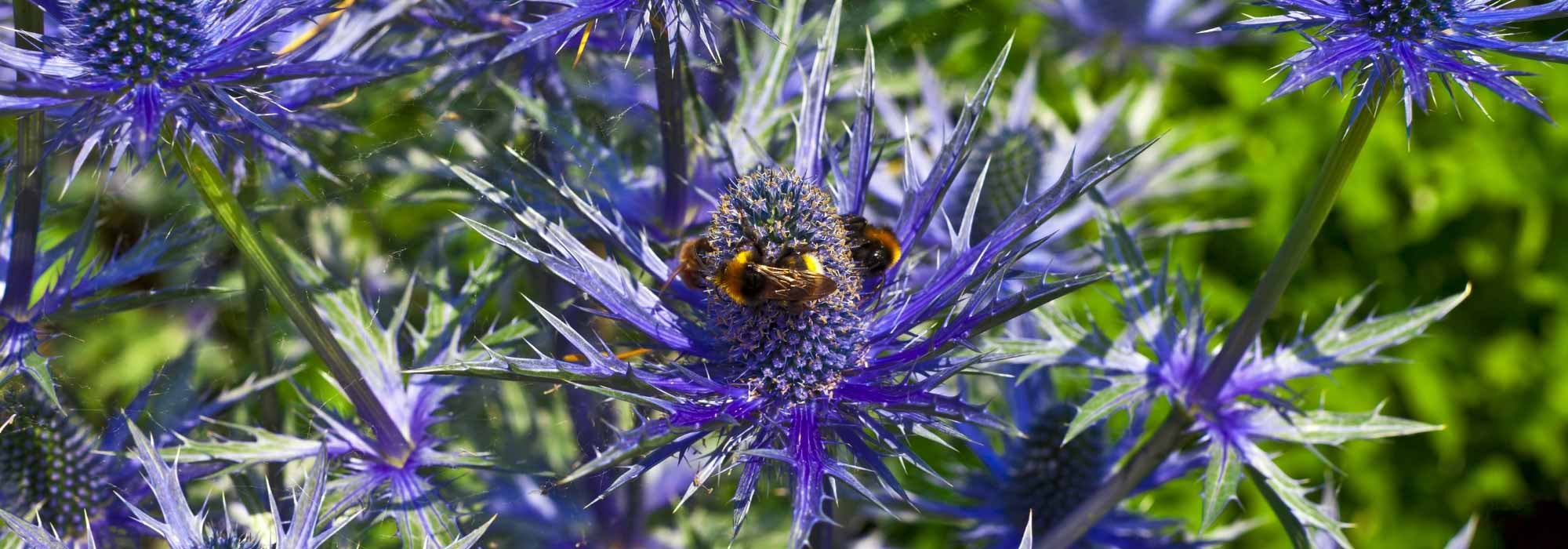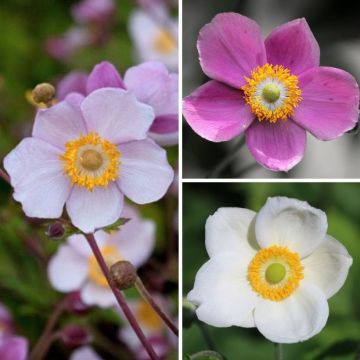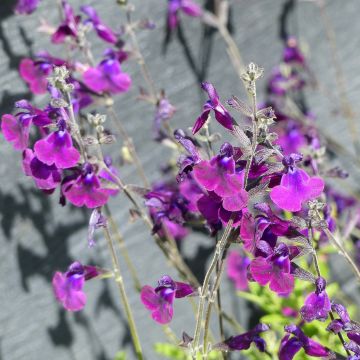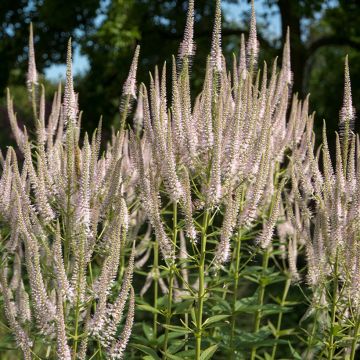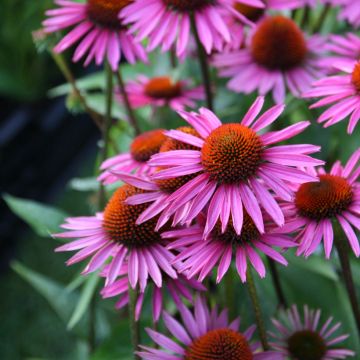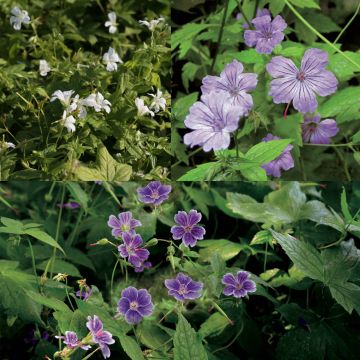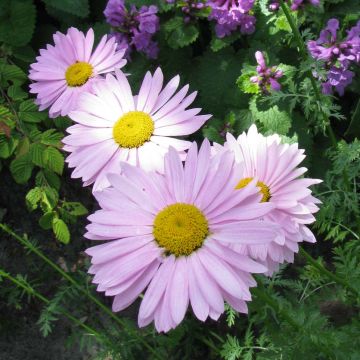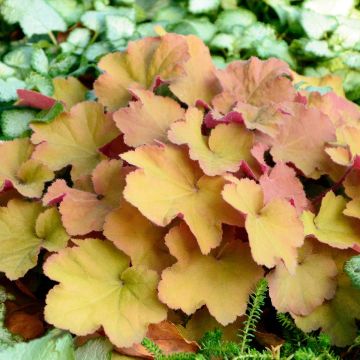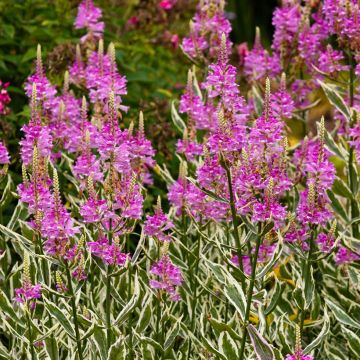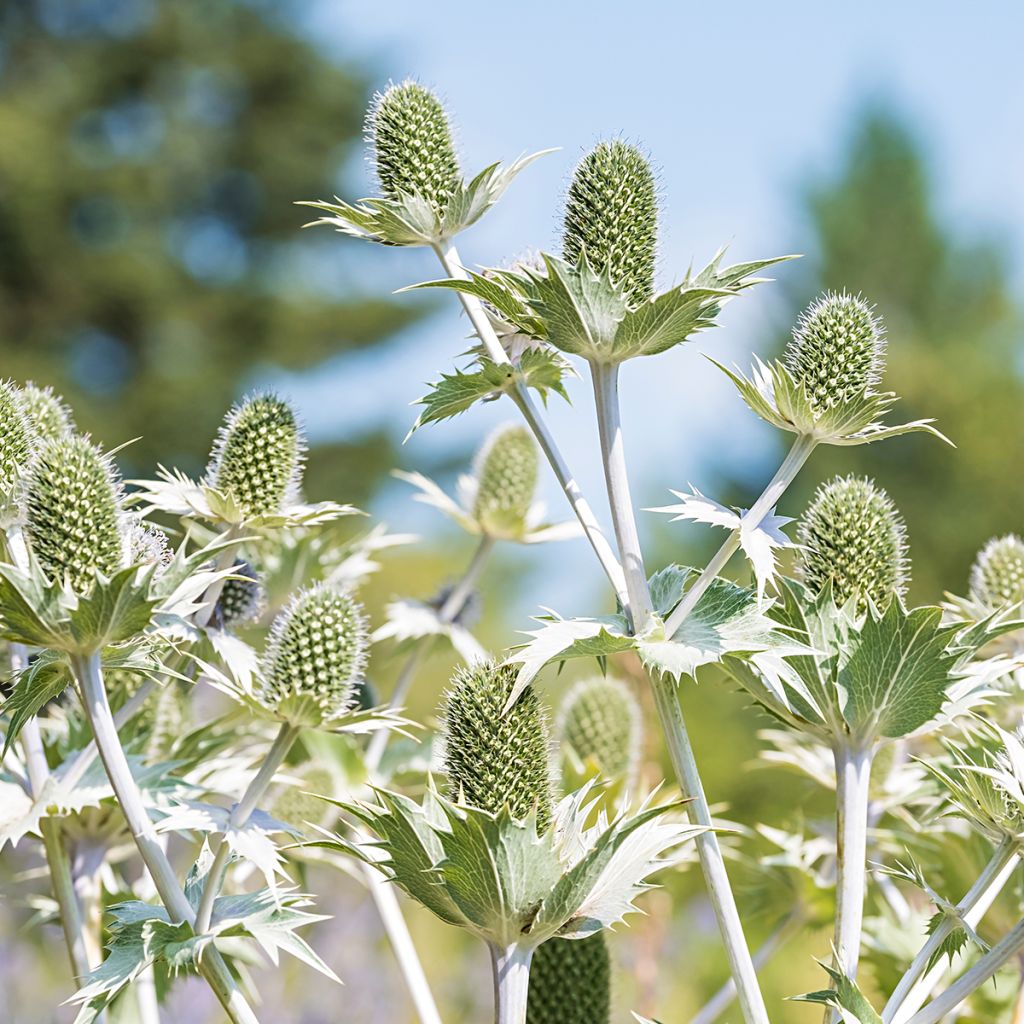

Eryngium giganteum
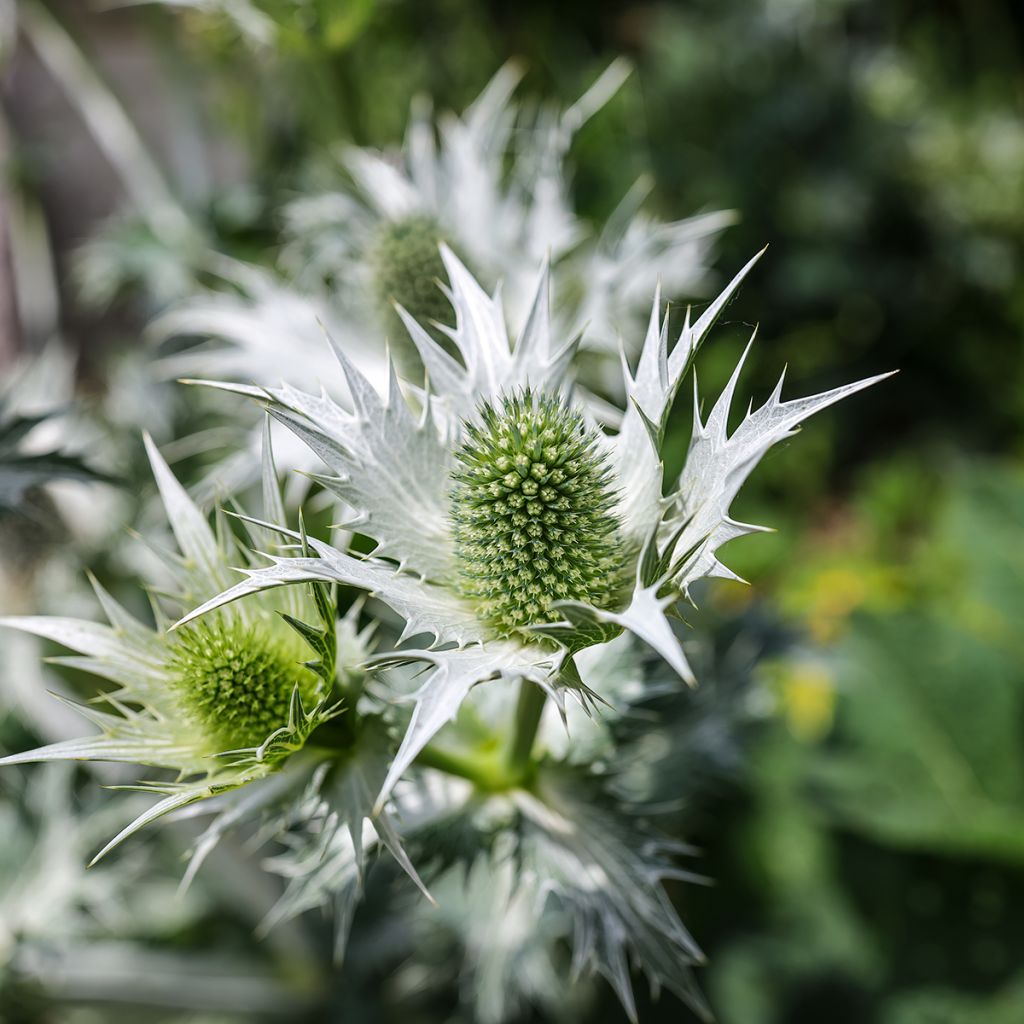

Eryngium giganteum
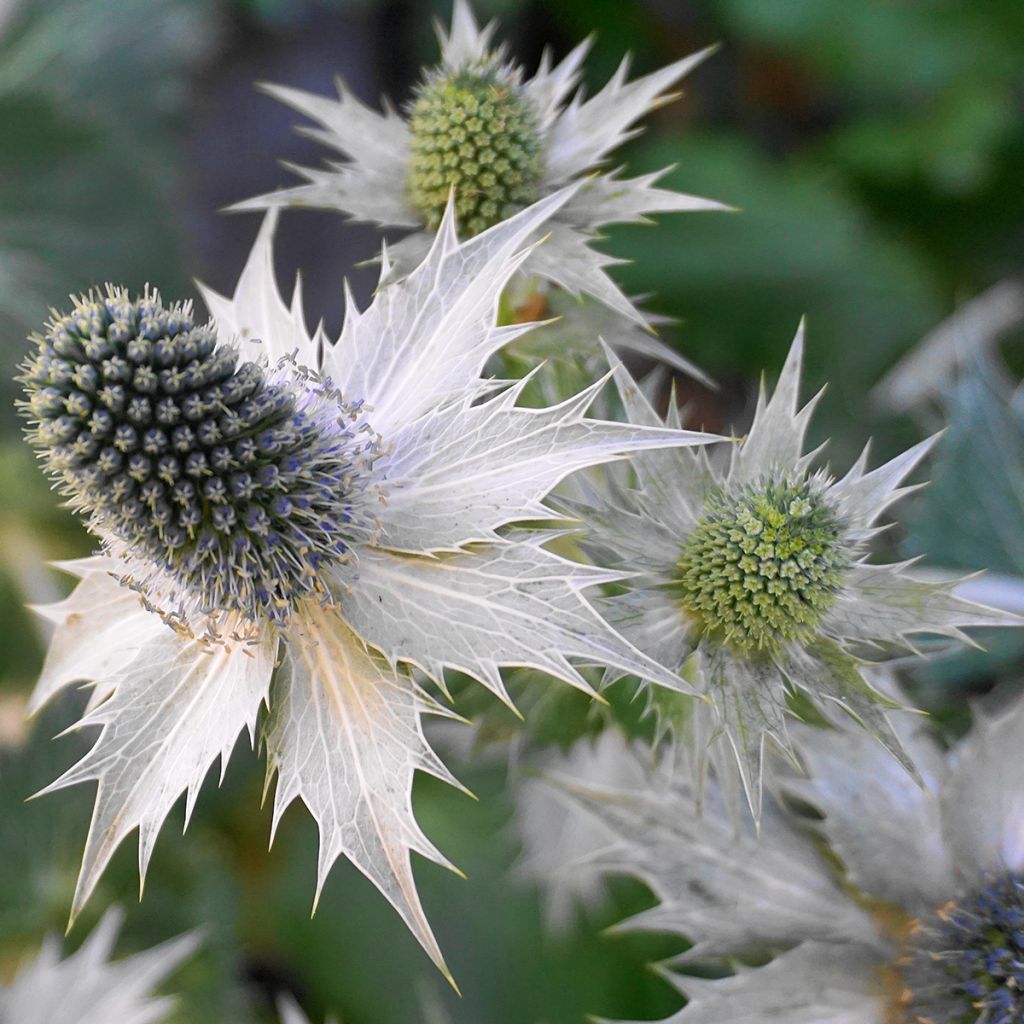

Eryngium giganteum
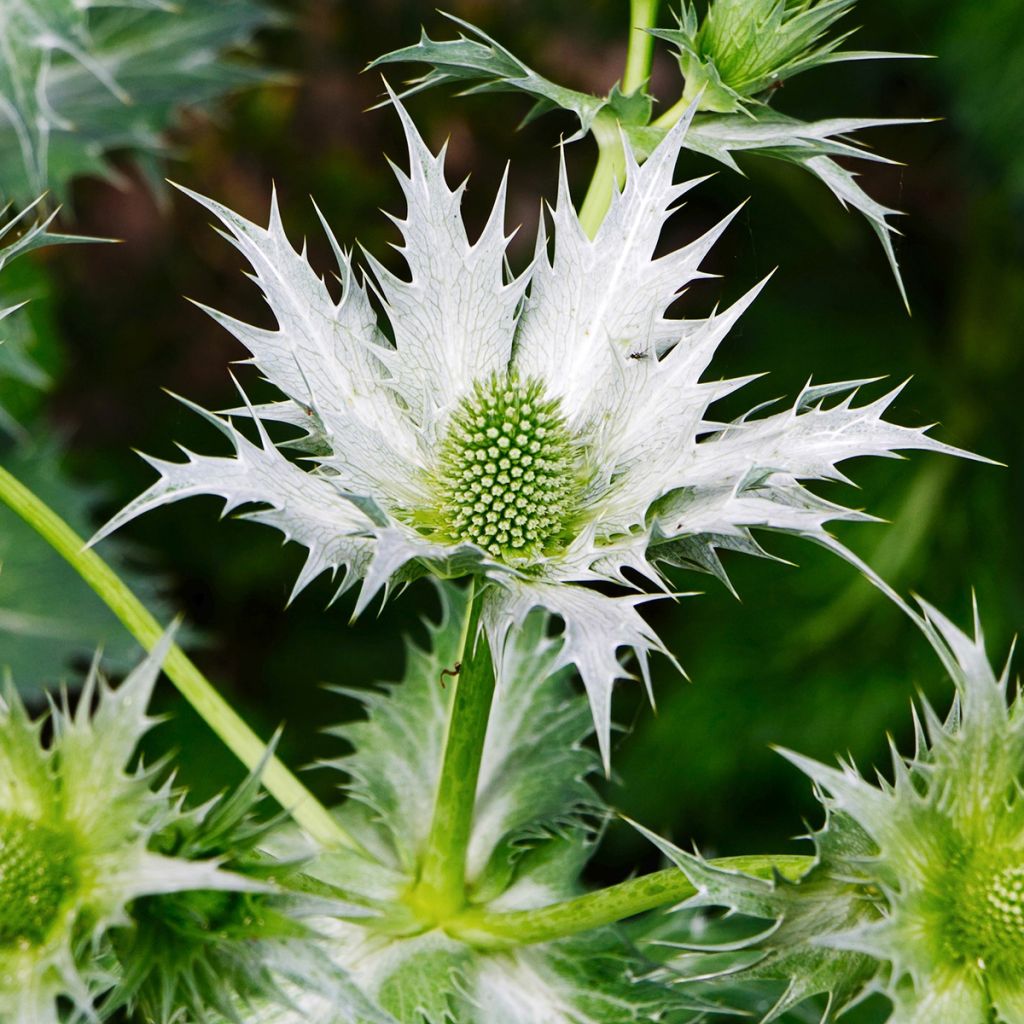

Eryngium giganteum
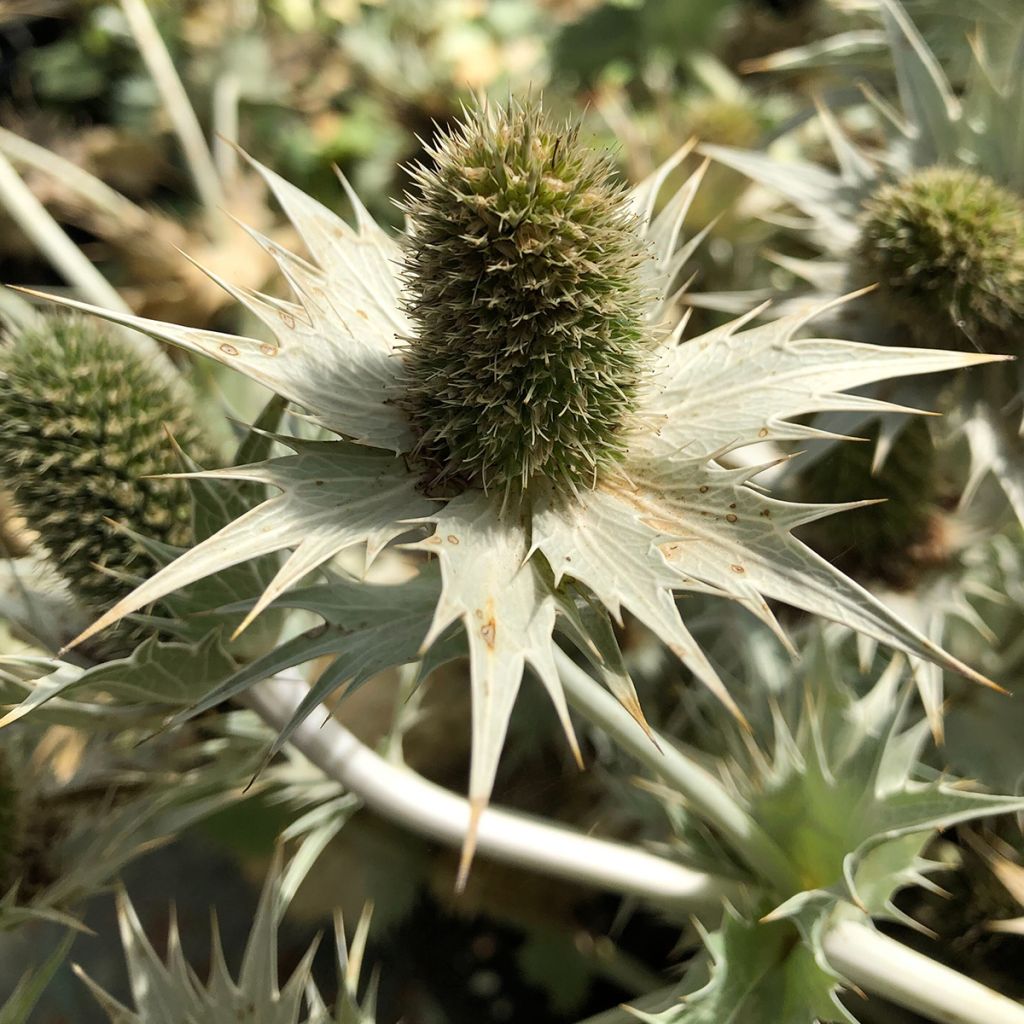

Eryngium giganteum
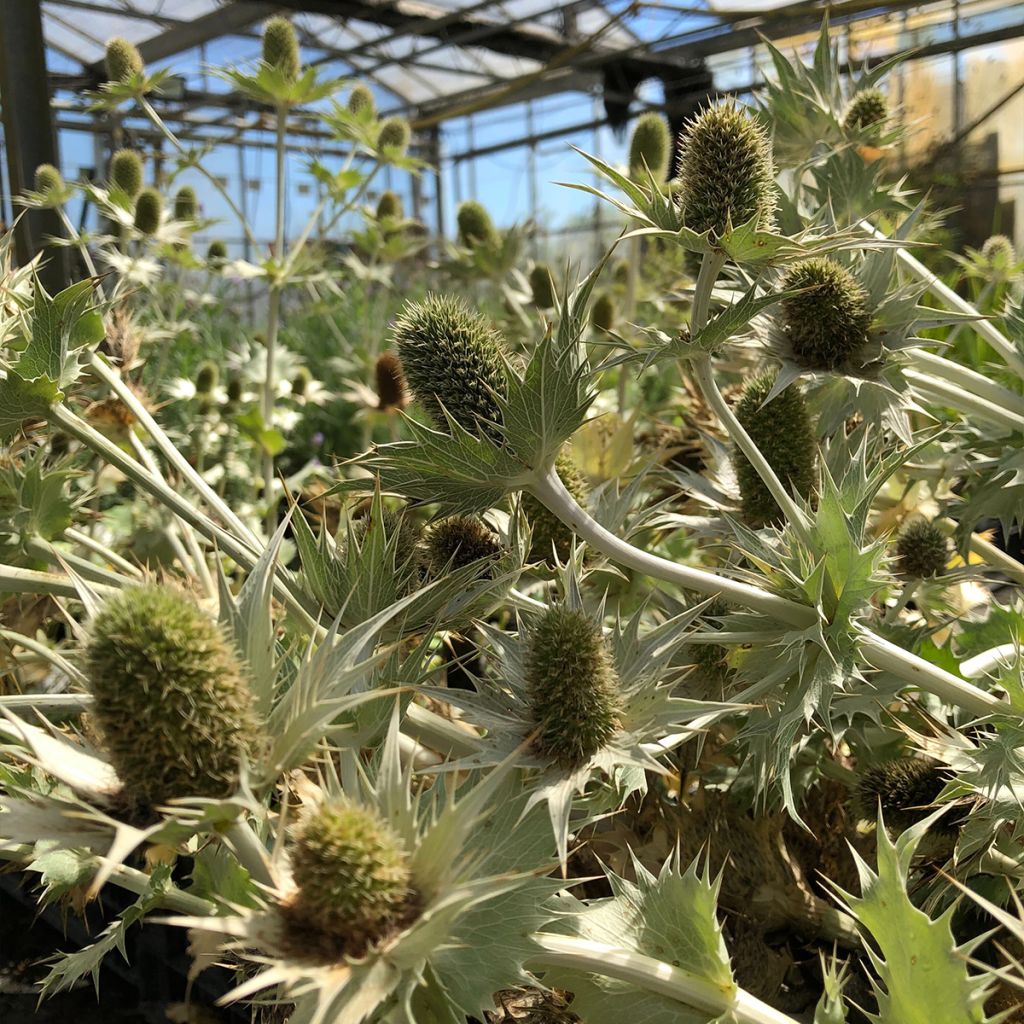

Eryngium giganteum
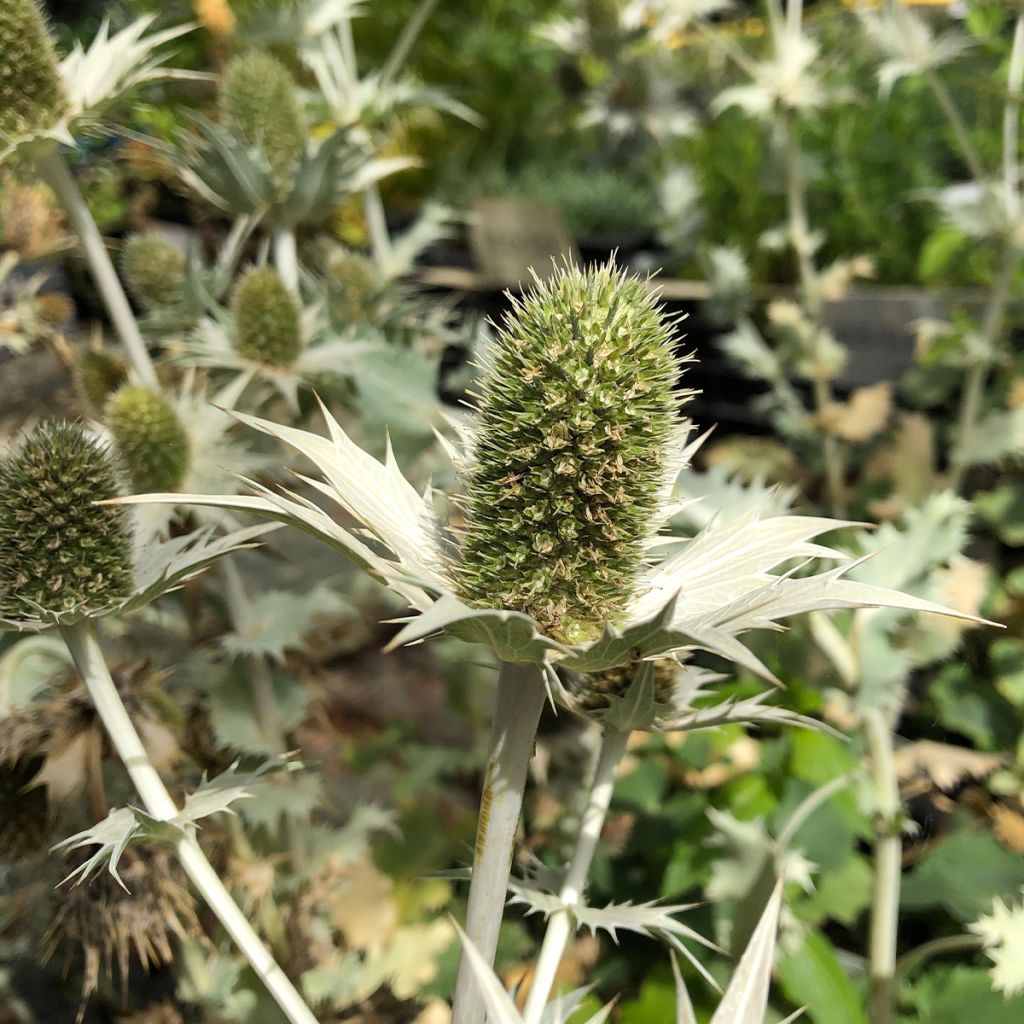

Eryngium giganteum
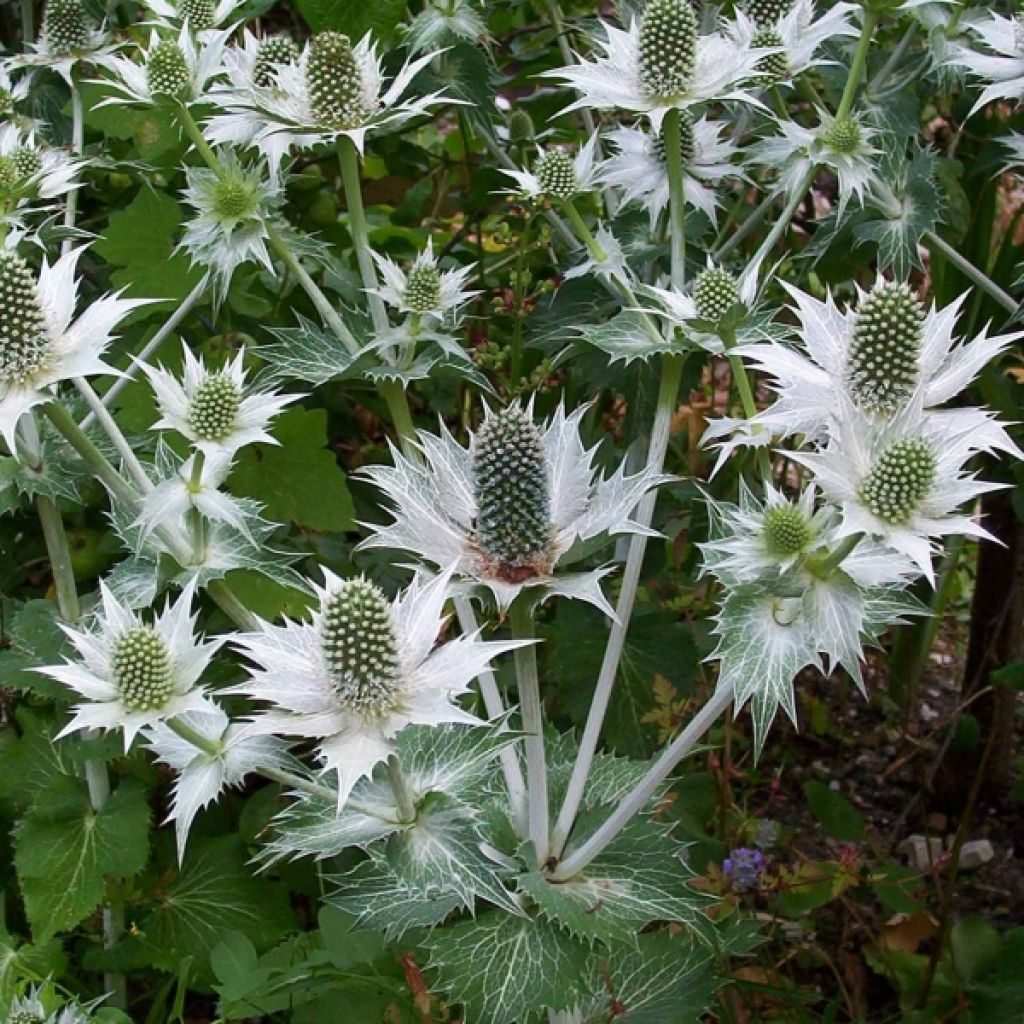

Eryngium giganteum
Eryngium giganteum
Eryngium giganteum
Giant Sea Holly
Brilliantly robust plant if one accepts that the spike one buys dies the year after flowering but has given birth to lots of young plants that flower without any issue. A true nursery for pollinators and truly stylish with its white thorny foliage. A trunk that can lift curbs due to its vigour.
Fabien, 05/02/2022
Special offer!
Receive a €20 voucher for any order over €90 (excluding delivery costs, credit notes, and plastic-free options)!
1- Add your favorite plants to your cart.
2- Once you have reached €90, confirm your order (you can even choose the delivery date!).
3- As soon as your order is shipped, you will receive an email containing your voucher code, valid for 3 months (90 days).
Your voucher is unique and can only be used once, for any order with a minimum value of €20, excluding delivery costs.
Can be combined with other current offers, non-divisible and non-refundable.
Why not try an alternative variety in stock?
View all →This plant carries a 12 months recovery warranty
More information
We guarantee the quality of our plants for a full growing cycle, and will replace at our expense any plant that fails to recover under normal climatic and planting conditions.


Does this plant fit my garden?
Set up your Plantfit profile →
Description
Eryngium giganteum, also known as Miss Willmott's Ghost, is a tall and magnificent thistle, which forms clumps of finely cut, blue-green foliage that becomes more silvery in summer. It displays beautiful grey-blue inflorescences, shaped like cones, surrounded by stunning bracts which are light and vibrant silver and very spiny, for a long period in summer. This biennial plant generally dies after flowering, but reappears through self-seeding in light and deep soil. It is perfect in wildflower beds, stunning in fresh or dried bouquets.
Eryngium giganteum is a plant of the Apiaceae (Umbelliferae) family, native to the Caucasus and Iran. Hardy to -20°C (-4°F), this thistle develops a rosette of deciduous, basal, heart-shaped leaves, medium green, shiny, white-veined, which take on a more greyish hue with heat. In July, grey-blue inflorescences ripen into conical and spiny cylinders, 8-10cm (3-4in) long, accompanied by cut, leathery, silver bracts, also 10cm (4in) long, all on stiff stems, bearing bluer leaves, and branched at the tips. Dried flowers last well in dried bouquets. This short-lived plant, readily self-seeds in rocky and deep soils.
Eryngium giganteum is well suited for rock gardens, flower beds, or wild gardens alongside Echinaceas, lavenders, Dianthus, Lychnis coronaria, oriental poppies, Perovskia, and Stipa. This plant is beautiful everywhere, without overshadowing other blooms. Its rapid growth is a blessing for new gardens or for filling in spaces left empty by a harsh winter. Semi-open cut flowers are splendid in dried bouquets and can be used to create wonderful table decorations for Christmas.
Eryngium giganteum in pictures
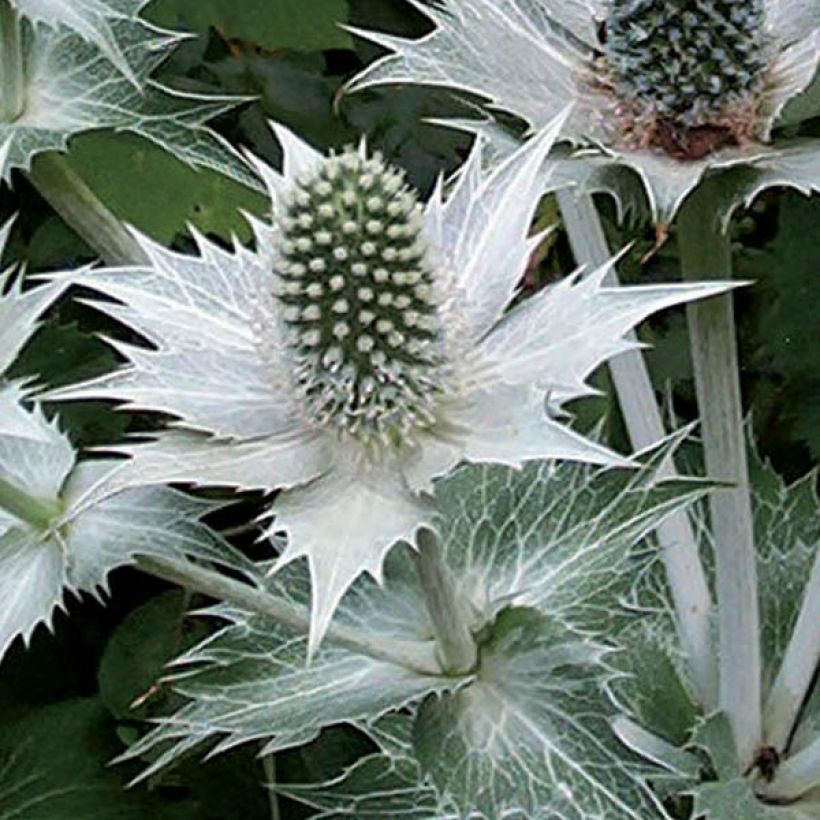

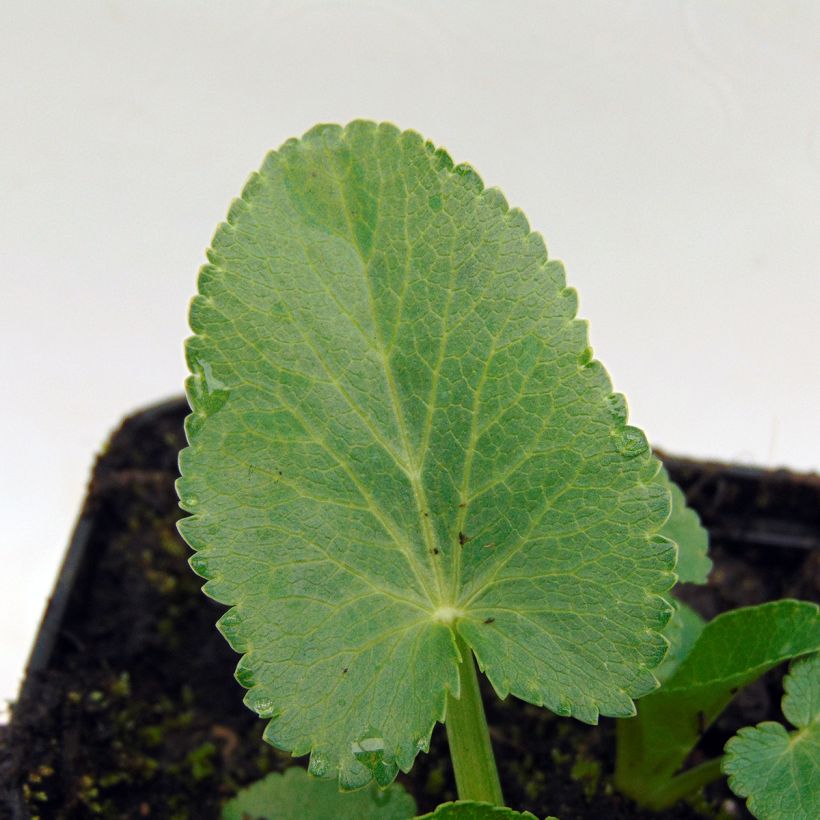

Flowering
Foliage
Plant habit
Botanical data
Eryngium
giganteum
Apiaceae
Giant Sea Holly
Caucasus
Other Eryngium - Eryngo
View all →Planting and care
Eryngium giganteum should be planted from September to April in a well-draining, dry, poor, and rocky soil, in full sun. In heavy soil or in wet regions, mix compost, sand, and gravel with your garden soil and plant in a raised bed. Don't forget to place gravel at the bottom of the hole for good drainage. It is sensitive to winter waterlogging.
Planting period
Intended location
Care
Planting & care advice
-
, onOrder confirmed
Reply from on Promesse de fleurs
Similar products
Haven't found what you were looking for?
Hardiness is the lowest winter temperature a plant can endure without suffering serious damage or even dying. However, hardiness is affected by location (a sheltered area, such as a patio), protection (winter cover) and soil type (hardiness is improved by well-drained soil).

Photo Sharing Terms & Conditions
In order to encourage gardeners to interact and share their experiences, Promesse de fleurs offers various media enabling content to be uploaded onto its Site - in particular via the ‘Photo sharing’ module.
The User agrees to refrain from:
- Posting any content that is illegal, prejudicial, insulting, racist, inciteful to hatred, revisionist, contrary to public decency, that infringes on privacy or on the privacy rights of third parties, in particular the publicity rights of persons and goods, intellectual property rights, or the right to privacy.
- Submitting content on behalf of a third party;
- Impersonate the identity of a third party and/or publish any personal information about a third party;
In general, the User undertakes to refrain from any unethical behaviour.
All Content (in particular text, comments, files, images, photos, videos, creative works, etc.), which may be subject to property or intellectual property rights, image or other private rights, shall remain the property of the User, subject to the limited rights granted by the terms of the licence granted by Promesse de fleurs as stated below. Users are at liberty to publish or not to publish such Content on the Site, notably via the ‘Photo Sharing’ facility, and accept that this Content shall be made public and freely accessible, notably on the Internet.
Users further acknowledge, undertake to have ,and guarantee that they hold all necessary rights and permissions to publish such material on the Site, in particular with regard to the legislation in force pertaining to any privacy, property, intellectual property, image, or contractual rights, or rights of any other nature. By publishing such Content on the Site, Users acknowledge accepting full liability as publishers of the Content within the meaning of the law, and grant Promesse de fleurs, free of charge, an inclusive, worldwide licence for the said Content for the entire duration of its publication, including all reproduction, representation, up/downloading, displaying, performing, transmission, and storage rights.
Users also grant permission for their name to be linked to the Content and accept that this link may not always be made available.
By engaging in posting material, Users consent to their Content becoming automatically accessible on the Internet, in particular on other sites and/or blogs and/or web pages of the Promesse de fleurs site, including in particular social pages and the Promesse de fleurs catalogue.
Users may secure the removal of entrusted content free of charge by issuing a simple request via our contact form.
The flowering period indicated on our website applies to countries and regions located in USDA zone 8 (France, the United Kingdom, Ireland, the Netherlands, etc.)
It will vary according to where you live:
- In zones 9 to 10 (Italy, Spain, Greece, etc.), flowering will occur about 2 to 4 weeks earlier.
- In zones 6 to 7 (Germany, Poland, Slovenia, and lower mountainous regions), flowering will be delayed by 2 to 3 weeks.
- In zone 5 (Central Europe, Scandinavia), blooming will be delayed by 3 to 5 weeks.
In temperate climates, pruning of spring-flowering shrubs (forsythia, spireas, etc.) should be done just after flowering.
Pruning of summer-flowering shrubs (Indian Lilac, Perovskia, etc.) can be done in winter or spring.
In cold regions as well as with frost-sensitive plants, avoid pruning too early when severe frosts may still occur.
The planting period indicated on our website applies to countries and regions located in USDA zone 8 (France, United Kingdom, Ireland, Netherlands).
It will vary according to where you live:
- In Mediterranean zones (Marseille, Madrid, Milan, etc.), autumn and winter are the best planting periods.
- In continental zones (Strasbourg, Munich, Vienna, etc.), delay planting by 2 to 3 weeks in spring and bring it forward by 2 to 4 weeks in autumn.
- In mountainous regions (the Alps, Pyrenees, Carpathians, etc.), it is best to plant in late spring (May-June) or late summer (August-September).
The harvesting period indicated on our website applies to countries and regions in USDA zone 8 (France, England, Ireland, the Netherlands).
In colder areas (Scandinavia, Poland, Austria...) fruit and vegetable harvests are likely to be delayed by 3-4 weeks.
In warmer areas (Italy, Spain, Greece, etc.), harvesting will probably take place earlier, depending on weather conditions.
The sowing periods indicated on our website apply to countries and regions within USDA Zone 8 (France, UK, Ireland, Netherlands).
In colder areas (Scandinavia, Poland, Austria...), delay any outdoor sowing by 3-4 weeks, or sow under glass.
In warmer climes (Italy, Spain, Greece, etc.), bring outdoor sowing forward by a few weeks.






























